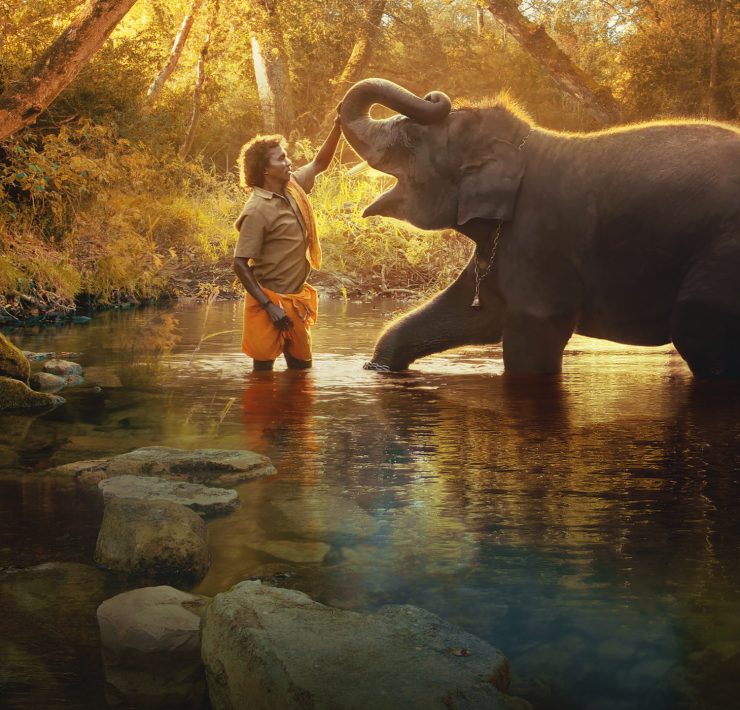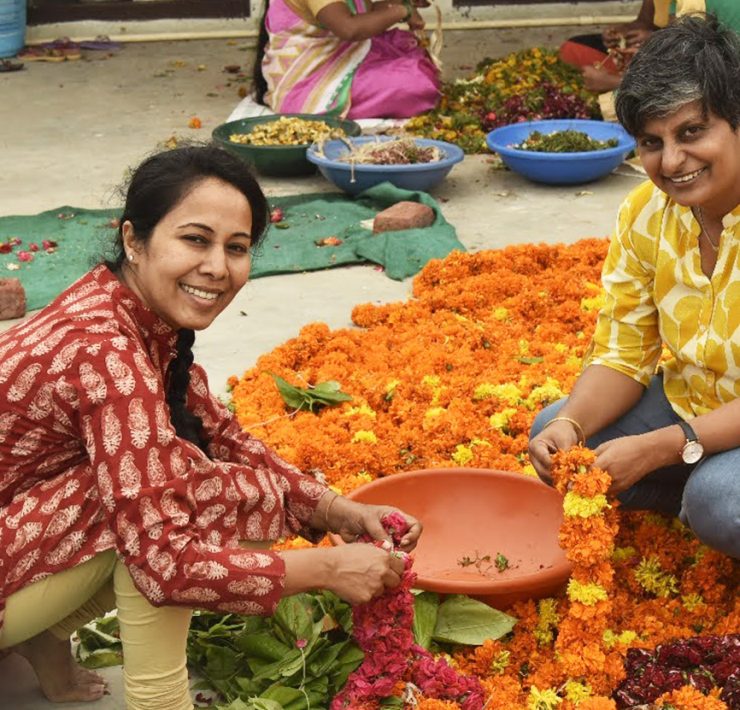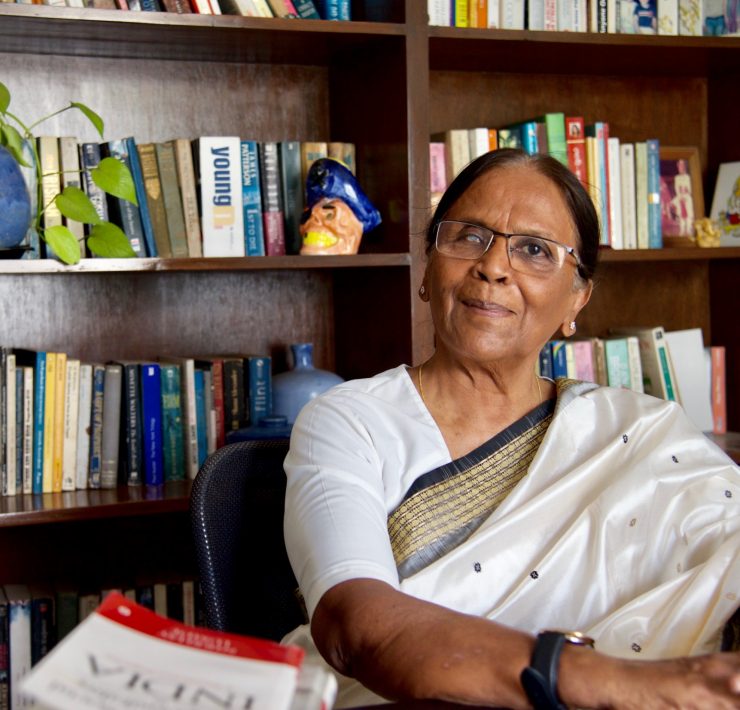Fighting green crisis with Green Humour
- Armed with words and wit, illustrator Rohan Chakravarty is sketching a unique dialogue around wildlife and conservation.

Sushmita Murthy is a features writer with a penchant for…
Did you know that Koala Bears seldom drink water because they derive moisture from the foliage they eat? Or that, birds such as parakeets, mynas and owls compete for and occupy woodpecker holes to breed? Or, that Pulicat’s fisherfolk are fighting Adani’s expansion of the Kuttapally Port? This isn’t trivia from an encyclopedia or newsfeed. It is what we gathered by scrolling through Green Humour’s Instagram page. Presenting environmental news and information in a more appetizing way was always the inspiration for illustrator and wildlife buff Rohan Chakravarty who runs Green Humour. Going by his 58,000+ follower count on social media, appetizing it is.
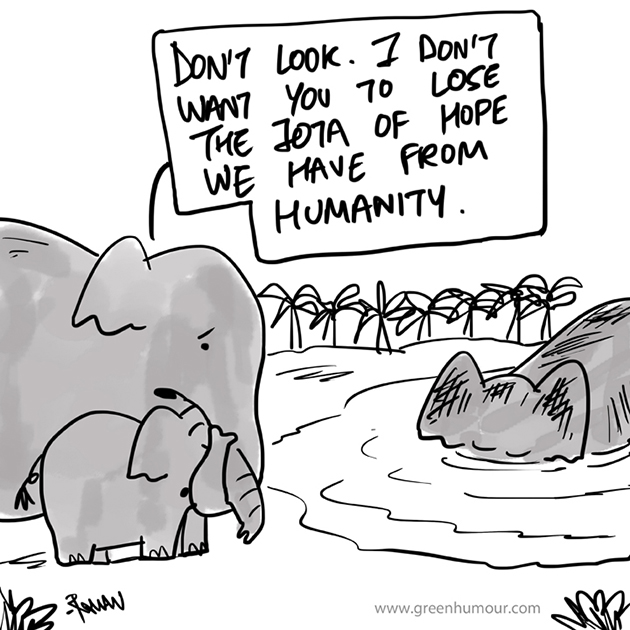
“We spend so much of our time on social media or the Internet and yet we know so little about the issues that plague our immediate environment. I want to change that,” says Rohan who trained to be a dentist but changed his mind with one look at the insides of a mouth during his internship. Today, Rohan’s works have appeared in publications such as Sanctuary Asia, Current Conservation, Sustainuance, National Geographic Traveller etc. and are a regular feature in some of the leading newspapers such as The Hindu, Mid-Day etc. He has also worked on several conservation campaigns for organisations such as World Wide Fund for Nature, The Wildlife Trust of India, BNHS, The Humane Society International, The Arunachal Pradesh State Forest Department, The Karnataka State Forest Department and many others. .

“We spend so much of our time on social media or the Internet and yet we know so little about the issues that plague our immediate environment. I want to change that.”
His work now brings together two of his biggest passions – doodling and wildlife. And while the inspiration is abundant, so is the impact – even if on a smaller scale. Rohan is happy about the ways in which he has affected the lives of his readers. “Especially people trying to make a sustainable switch. A lot of women wrote to me about how they switched to sustainable menstrual hygiene products after reading about it in one of my works. A French reader wrote to me that he didn’t know about the cruelty metted out to Civet cats bred for producing Civet Coffee.” In another such instance, a Peruvian reader restrained from buying a pet Amazonian monkey after he read about the reality of illegal pet trading in the Amazon in Green Humour.
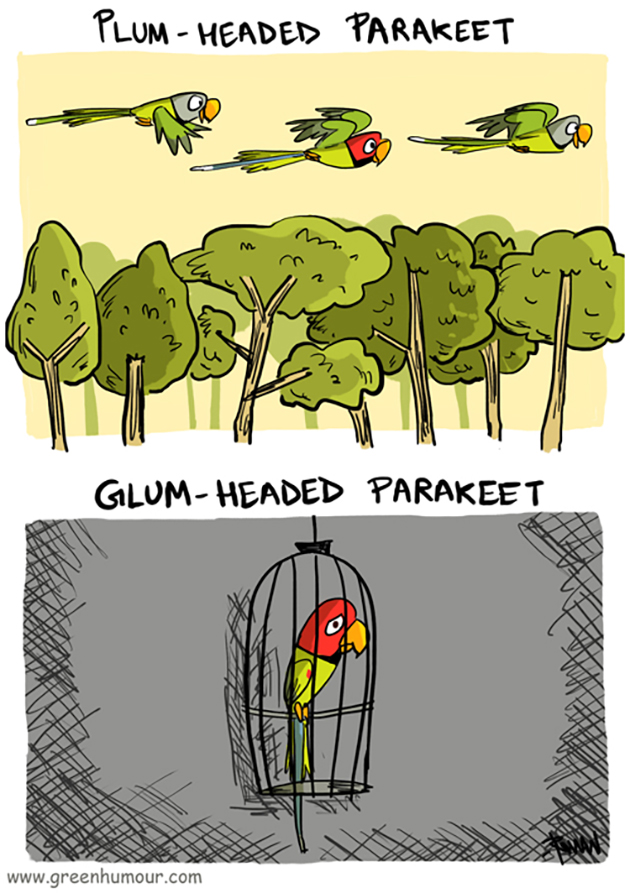
“I get negative comments and threats on all social media platforms. I think it is kind of flattering sometimes that your work can affect someone so much.”
Appetizing as it may be for our curiosity, many of Green Humour’s illustrations are not palatable to the establishment or the authorities that Rohan is unapologetically critical about in the context of environmental responsibility. For instance, the Environment Minstry exempting oil and gas firms, looking to conduct exploratory drilling , from seeking an environmental clearance or the invitation to Brazil’s controversial President Jair Bolsonaro for the Republic Day parade drew sharp jabs on Green Humour. As anticipated, in came the trolls, but Rohan takes it with a pinch of salt. “I get negative comments and even threats everywhere…Twitter, Instagram, on e-mail thanks to my newspaper cartoon strips. I think it is kind of flattering sometimes that your work can affect someone so much,” he says.
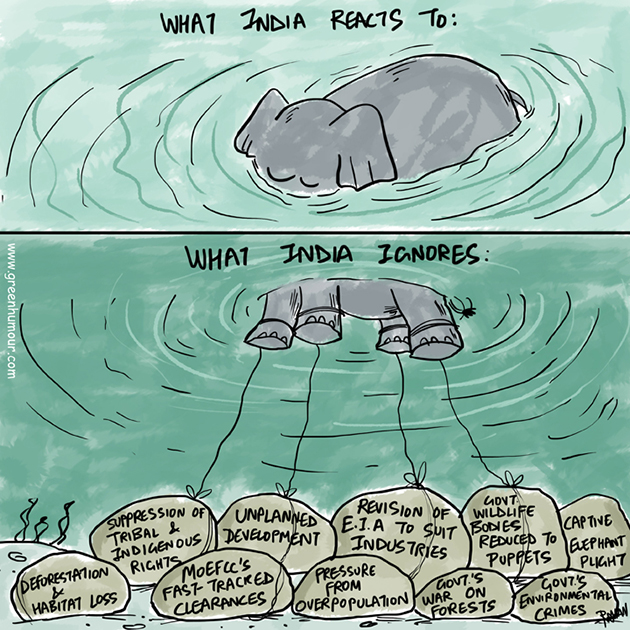
The 3 things that we need to worry about – distance between the government and scientific bodies in our country, over population and dependency on fossil fuels
While the trolls he can take, Rohan doesn’t entertain the pressure that a cartoonist may face to be funny. “Inside, I am a boring, grumpy old man! My friends can vouch for it,” says the 32-year-old. But jokes apart, if there are three things that he’d like everyone to start worrying about, they’re these – the distance between the government and the scientific bodies in the country, the problem of over population in India and our dependency on fossil fuels. Despite having worked with multiple other mediums such as illustrations for books, illustrated maps for tiger reserves, coastal cities etc over the past decade almost, Rohan believes he hasn’t even explored the tip of the ice berg. Going forward, he wants to work with more children’s literature to get kids interested in wildlife at a young age.
Sushmita Murthy is a features writer with a penchant for exploring topics related to sustainability and a seasoned procrastinator who ironically makes a living by chasing deadlines.

